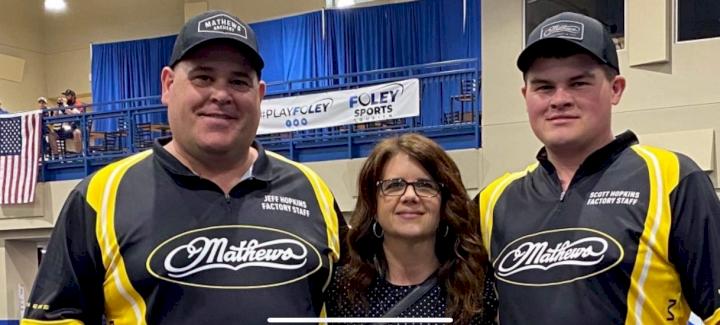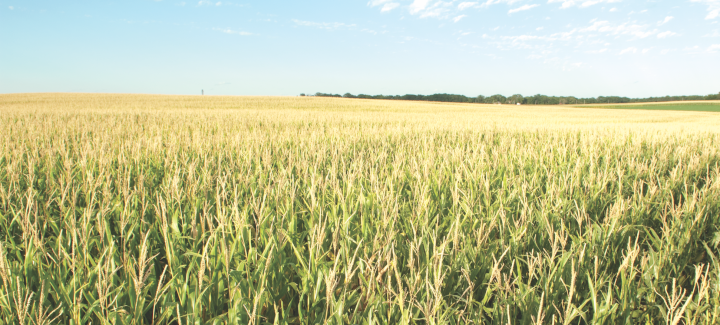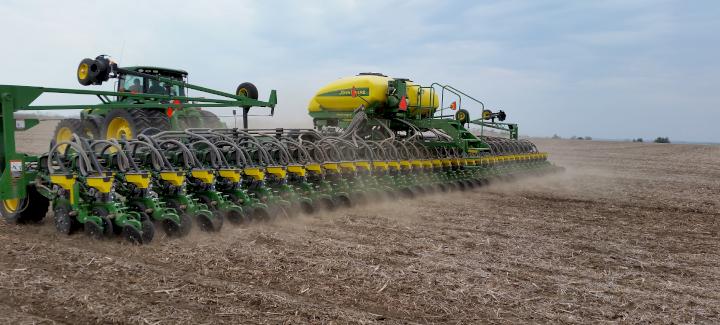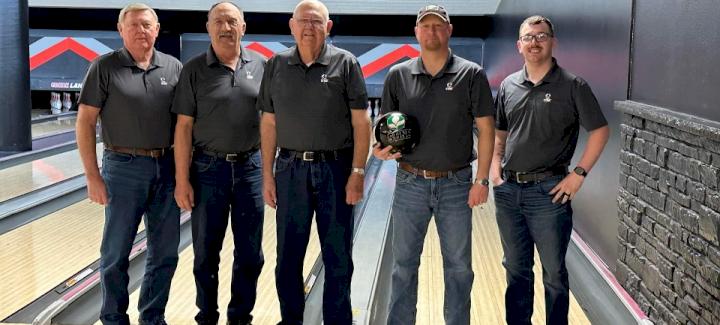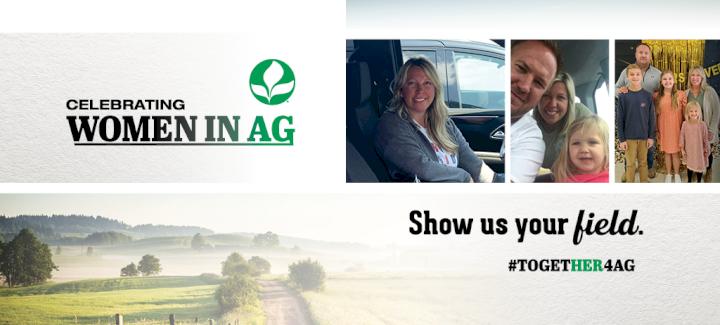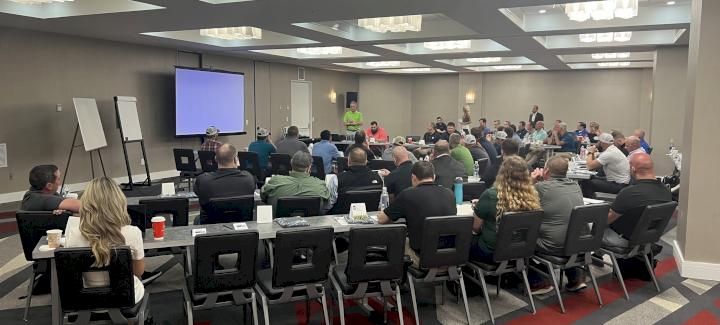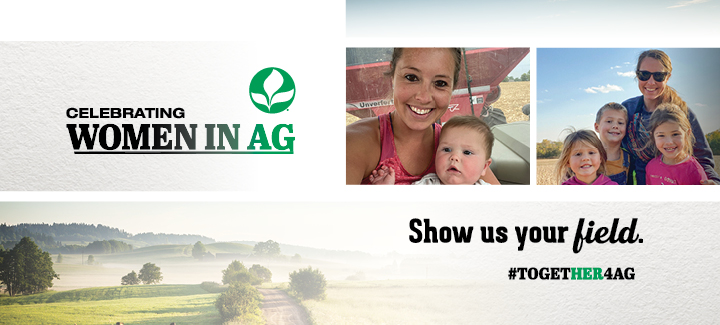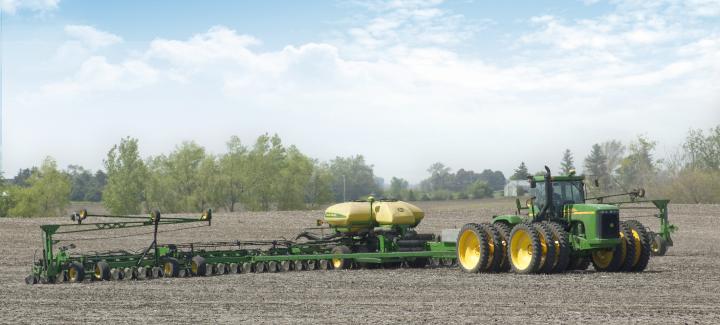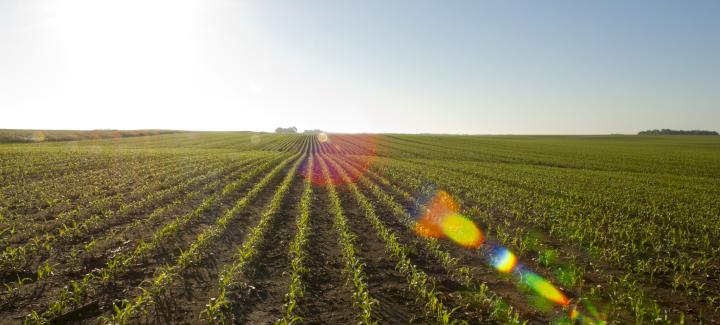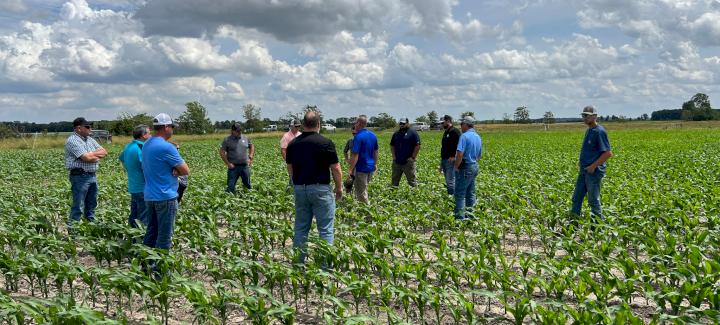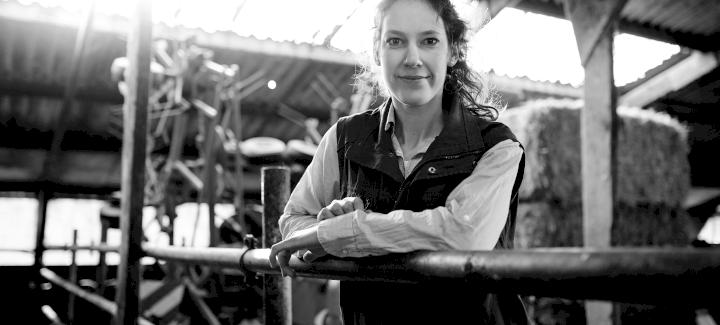Stine Seed Blog
Stine’s Ask the Agronomist blog is your source to the latest information from our expert team, including advice and insight on field practices, product recommendations, planting and harvest updates, new technologies, crop management, innovative research and information about how to keep your farm operation running smoothly year round.
-

Iowa is the Bull’s-Eye for Jeff Hopkins
April 2023 in General
-

Corn rootworm is an increasing concern this season
April 2023 in Agronomy
-

To plant or wait it out? Stine agronomists provide their recommendations.
April 2023 in Agronomy
-

Strikes are Brent Beichley’s Passion
March 2023 in General
-

Success stems from solid partnership, values
March 2023 in General
-

Congratulations to our 2023 Directors Council
March 2023 in General
-

Kyla Berry: Balancing farm life, family and everything in between
March 2023 in General
-

Celebrating the international women of Stine®
March 2023 in General
-

Dust off your planter prep checklist
March 2023 in Agronomy
-

Agronomy 2023 outlook, part 2: Stine® Success Demos and Side-by-Side Plots
February 2023 in Agronomy
-

Agronomy 2023 outlook, part 1: Product Development Plots
February 2023 in Agronomy
-

Do you know an inspirational woman in ag?
February 2023 in General

